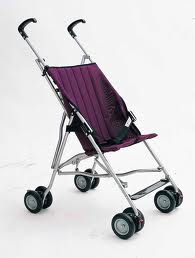Obama Nominates former U.S. Rep. Ann Marie Buerkle as CPSC Commissioner
Obama Nominates Buerkle as CPSC Commissioner
By Bill Jacoby
The White House announced Thursday afternoon that President Barack Obama has nominated former U.S. Rep. Ann Marie Buerkle to serve on the Consumer Product Safety Commission.
Ann Marie Buerkle is President Barack Obama’s newest nomination to sit on CPSC. A Republican, she is a former New York congresswoman who lost her seat in 2012. She was a a member of the House Tea Party Caucus and the Republican Study Committee. She sat on various subcommittees of the Foreign Affairs, Oversight and Government Reform, and Veterans Affairs committees. In 2011, Obama named her as a representative to the 66th UN General Assembly but she lost her reelection bid in 2012.
Prior to serving in Congress, she was an assistant attorney general for New York State from 1997 to 2009 and was in private practice from 1994 to 1997. She previously worked as a registered nurse. She has degrees from the St. Joseph’s Hospital School of Nursing (1972), Le Moyne College (1977), and Syracuse University College of Law (1994).
Commissioner Nancy Nord is serving her extra year and leaves in October. Last year, Obama nominated Marietta Robinson, a Democrat, to fill Thomas Moore’s former seat with a term until 2017. Robinson received her Senate hearing a year ago and still awaits a confirmation vote. Speculation is that the Senate has been waiting to vote on a Republican and Democrat together.
Buerkle said one of her main tasks as a commissioner will be to uphold the federal Consumer Product Safety Act and to establish standards for products.
“What happens is if there’s a faulty product out there or someone has a complaint, they reach out to the commission,” she said. “So really it’s about consumer product safety and us upholding the law. The commission upholds the law and makes determinations about standards for products produced by manufacturers.”
Before serving on the commission, Buerkle must be confirmed by the U.S. Senate. If confirmed, she will serve out the remaining time on a seven-year term vacated by Anne Northup that expires in 2018.





